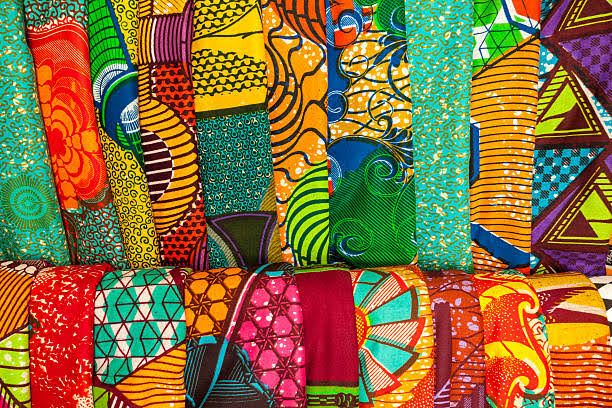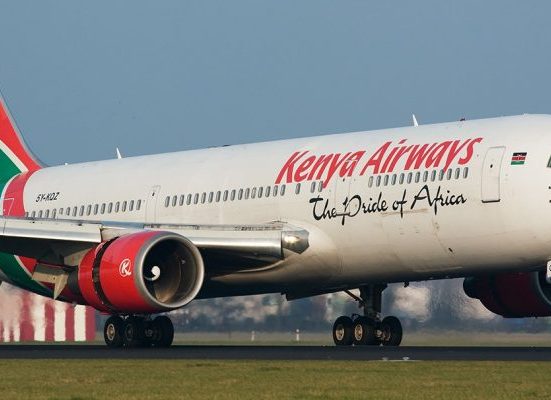Despite the boom in local tailors and fashion designers, Nigeria still imports the clothes on its back. A new report exposes the gaping holes in the fashion economy and where the money is hiding.
In a country known for its flamboyant dressing, bustling markets and energetic fashion culture, a new report has raised one uncomfortable question: who really dresses Nigerians?
According to the latest industry research from Consonance, only a fraction of the clothes worn by over 220 million Nigerians are made within the country. The report finds that just about 10 percent of Nigeria’s clothing needs are produced locally, while nearly 60 percent of fashion items are imported largely from China, India and Turkey. Even more surprising is the growing influence of second-hand clothing, which now accounts for roughly a quarter of what Nigerians wear.
The report highlights a deep contradiction. Nigeria, home to some of Africa’s most creative designers and thriving tailoring clusters in cities like Aba and Lagos, remains heavily dependent on foreign-made clothing. The study also reveals that almost 90 percent of the Ankara fabrics Nigerians proudly wear are not made here they are imported.
What this means is that while Nigerian designers are gaining international attention, the industry itself is leaking. Experts estimate that Nigeria loses over $3 billion annually in value that could have been created locally from cotton farming to textile manufacturing, garment production and export.
The fashion value chain, according to the study, is broken at several points. Cotton is grown in the North but is either left unused or exported in its raw state. The country’s textile mills are mostly inactive. Garment production remains largely informal, carried out in backstreet shops or crowded tailoring hubs. While design talent is abundant, production support is weak, and export capacity is minimal.
In Aba, a city often described as the heart of Nigeria’s garment production, over 25,000 people are directly involved in fashion and leather work. Yet, most of them operate without stable electricity, proper financing or access to industrial-grade equipment. In Lagos and Abuja, thousands of fashion vendors operate on Instagram, doing everything from sourcing to sales and delivery by themselves but with little business structure, few investment opportunities, and no clear growth pathway.
Despite these challenges, Nigeria’s fashion ecosystem is vibrant. The Consonance report maps out over a hundred active brands across various segments from luxury labels like Orange Culture and Andrea Iyamah, to mainstream names like David Wej, Zephans & Co., Ruff ‘n’ Tumble, and streetwear brands like Ashluxe. E-commerce platforms like Garmspot and Anka have emerged as fashion infrastructure, connecting local brands to customers. There’s also growing activity in the thrift and rental space, with startups like Okriks and Thrift2Luxe attracting young customers.
But the industry is fragmented. There’s no clear national strategy to scale local production or support fashion entrepreneurs. Most designers rely on personal savings and informal networks to build their brands. Many promising tailors are stuck in one shop for years, unable to grow.
Still, the opportunities are enormous. Analysts believe that fashion remains one of Nigeria’s biggest chances to create jobs and build global brands. With the right investment in cotton processing, textile mills, shared garment factories, logistics and export the country could position itself as a fashion powerhouse, not just a market for foreign clothes.
The report calls for more attention from both government and private investors. It recommends long-term financing for garment clusters, export support for local brands, and stronger tech infrastructure to support digital fashion businesses. It also urges existing designers and tailors to formalise their operations and collaborate more.
There is a growing consensus that the fashion economy is ready. With more than 10,000 fashion micro-businesses on Instagram alone, and youth interest in fashion at an all-time high, what’s missing is structure not talent.
Fashion insiders say you don’t even have to sew to tap into the opportunities. From logistics to e-commerce tools, from styling to content creation, from fabric supply to inventory tech, there are dozens of entry points. For many young Nigerians, fashion may be the easiest way to build a scalable business if the ecosystem is made to work.
Nigeria doesn’t lack style. It lacks systems. And if fixed, the fashion sector could become one of the country’s largest employers, foreign exchange earners, and cultural exports. Until then, the question remains: who really dresses Nigeria? And when will Nigerians take back control of their own style economy?







